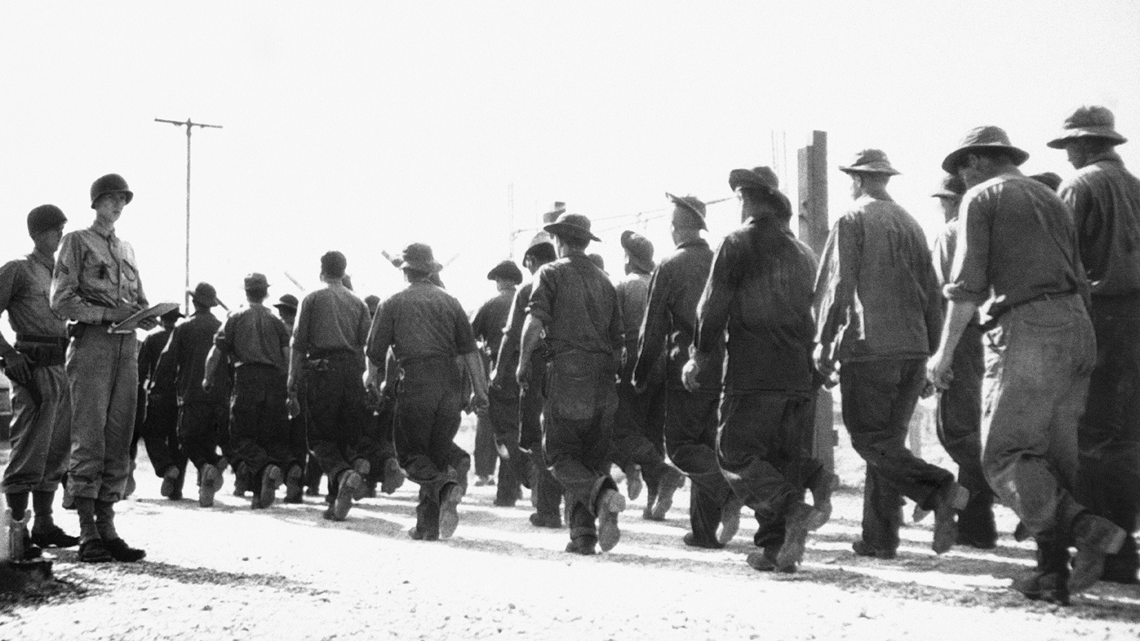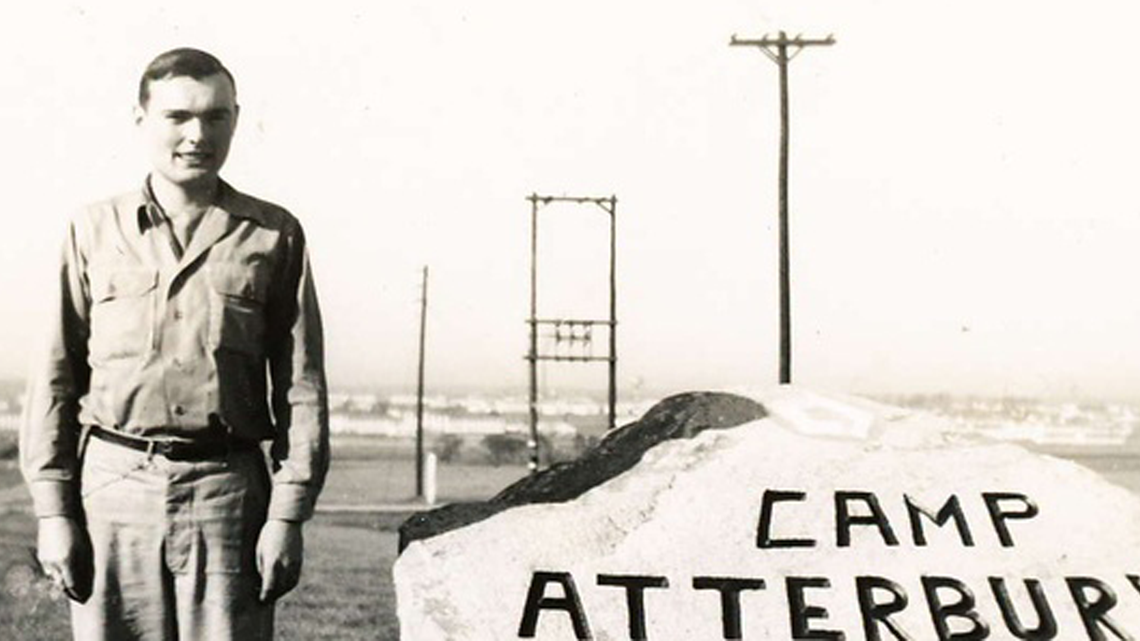CAMP ATTERBURY, Ind. — When Afghan evacuees fleeing the Taliban arrive on the grounds of Camp Atterbury in the coming days, they will be living inside a facility that once prepared U.S. military personnel for battle, housed Nazi and Italian prisoners of war, and healed soldiers recovering from warfronts across the world.
Camp Atterbury has a long military history dating back to World War II.
Facilities there, located near Edinburgh in southern Indiana, rose up from what used to be farmland for 500 Hoosiers just nine months after the shock of Pearl Harbor.
By August 1942, thousands of soldiers were being trained in the particulars of warfare, learning specialties like artillery, tank battalions, and more.
It wasn't just troops bound for the European or Japanese theaters that checked in through Camp Atterbury's front gates, though.
The United States would see nearly half a million Axis fighters through it's gates to be kept as prisoners of war, in facilities across the country, between 1943 and 1946.
Camp Atterbury was just one of nine internment camps set up to hold enemy POWs across Indiana.


Thousands of soldiers, mostly Italian and German, made their way into the camp from 1943 to 1946.
Over the course of three years, Camp Atterbury would earn a reputation for hospitality towards those captured enemy fighters. The largely Roman Catholic contingent of Axis prisoners of war were even permitted to built a chapel there, which still stands today.


One of those Italian soldiers, Libbero Puccini, carved the camp's "Camp Atterbury" rock.


He fell in love with an American, and eventually became a citizen of the United States. His son, Lt. Colonel Marcus Puccini, would go on to serve the United States in both Iraq and Afghanistan as a C-130 pilot with the U.S. Air Force Reserve.
The hospital there, Wakeman Army Hospital, became a place where soldiers fresh from fighting were treated and could try to recover before rejoining society.
As World War II drew to a close in 1946, Camp Atterbury was discontinued as a military base.


In 1968, it was again discontinued as a military base after providing support throughout the Korean War, though the Indiana National Guard was based there.
For the next thirty years, throughout the 1970s and 1990s, it largely functioned as a base for the Indiana National Guard and to provide support for conflicts in Vietnam and the Middle East, including Desert Shield and Desert Storm.
Following the September 11 attacks, Camp Atterbury once again became a site where reserve and regular troops prepared for overseas combat.
Throughout the duration of the Afghan War, Camp Atterbury often marked the last stop for thousands of U.S. soldiers who were headed to conflict in places like Iraq, Afghanistan and Kosovo. For family members of servicemen, it was sometimes the place of a final goodbye.


Today, it serves as the training ground for the Indiana National Guard and other branches of the U.S. military.
Now, for not the first time in it's history, Camp Atterbury is preparing for a new role.
The site will provide temporary housing for Afghan special immigration applicants, their families and other at-risk individuals.


Some 5,000 evacuees from Afghanistan will arrive in the United States on special immigrant visas, which they obtained by helping the United States during the decades-long war in Afghanistan.
Active duty and National Guard service members at Camp Atterbury will provide housing, medical, logistics, and transportation.
Representative Greg Pence said Camp Atterbury will start building support over the next week to house approximately 5,000 Afghan evacuees fleeing from the Taliban.
It is not yet clear when the first evacuees will arrive, but authorities expect that it could be as soon as the next few days.

